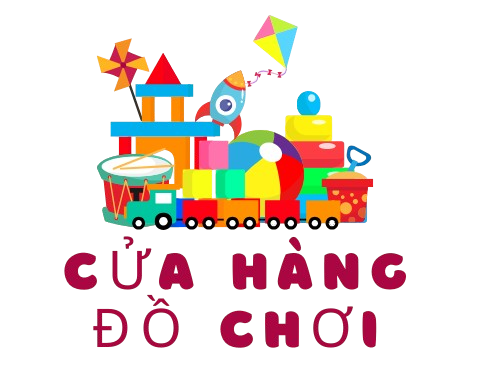American motorcycle culture embodies a complex tapestry of rebellion and community, rooted in the aftermath of global conflicts. From the battlefields of WWII to the open highways of modern America, steel horses transformed into symbols of liberation, carrying both countercultural ideals and mainstream commercial appeal[5][10][17].
## Roots of Rebellion https://usabikers.net/
### From Soldiers to Bikers
The modern biker identity took shape following the psychological aftermath of global warfare. Military personnel familiar with structured military hierarchies craved replacement social structures, leading to early rider groups such as the Boozefighters and Pissed Off Bastards of Bloomington[5][13][17]. Harley-Davidson and Indian motorcycles, that saw military service, transitioned from war machines to cultural symbols, fostering brand loyalty that persists today[5][11].
The pivotal 1947 Hollister incident propelled motorcycle clubs into national consciousness, when a massive gathering overwhelmed a rural municipality, resulting in what newspapers sensationalized as anarchy. This episode cemented the outlaw biker stereotype within media narratives, despite the majority constituting organized racing enthusiasts[10][13][17].
## Influential Biker Groups
### Outlaw Clubs vs. Sanctioned Associations
Established in 1924 originally functioned as the regulatory authority over structured riding activities. Yet, the association’s discriminatory membership rules—maintaining whites-only membership for thirty years—fueled the creation of alternative groups eschewing AMA’s authority[11][13].
Major renegade rider organizations emerged as central figures within this alternative landscape:
1. The iconic winged-skull organization[2][3][10]
2. Established 1935 in Chicago[3][10][13]
3. Pagans MC[8][10]
4. Texas-born international network[3][10]
These collectives function via strict hierarchical structures featuring clearly defined officer positions, with clubhouses often serving as fortified community centers[10][13]. Despite media portrayals of lawlessness, numerous local groups participate actively in philanthropic efforts such as fundraising for social causes[8][10][15].
## Cultural Impact and Evolution
### From Silver Screen to Fashion Runways
The outlaw persona saturates American popular culture, from Hollywood’s rebellious archetype in *The Wild One* through modern reality TV franchises. Such widespread influence appears through:
– Apparel styles: Distinctive biker attire commercialized by retailers such as [4][12][4][12]
– Soundtrack associations: Cross-genre musical connections embracing biker aesthetics
– Written narratives: Hunter S. Thompson’s *Hell’s Angels*[1][6]
Contemporary cultural studies highlight the paradoxical duality within motorcycle communities: both eschewing societal norms while being deeply corporatized via corporate sponsorships of major rallies[1][7][12].
## Contemporary Landscape and Challenges
### Riding Through 2025
Annual rider gatherings continues as a cornerstone of American biker culture, with this year’s premier events including:
– The 84th annual coastal gathering[7][15]
– Historic Black Hills convergence[7][15]
– Southwestern desert meetup[7]
Developing phenomena reshape rider demographics:
– Growing women’s involvement through groups like Women in the Wind
– Technological integration with GPS-guided rides and social media communities[7][15]
– Eco-friendly initiatives promoting electric motorcycle adoption[15][17]
Regulatory controversies persist, particularly regarding:
– Outlaw club violence and law enforcement strategies[10][13][17]
– Responsible sponsorship models amid controversial revenue sources[8][17]
– Cultural appropriation concerns regarding co-optation of rider aesthetics[4][12]
## Synthesis and Projections
US motorcycle society occupies a historical crossroads, balancing its nonconformist roots with 21st-century commercialization. While contemporary riders embrace technological advancements and virtual networks, the core ethos of freedom and brotherhood endures—now expressed through inclusive memberships and progressive values. Future developments will likely see increased regulatory scrutiny and continued cultural relevance, guaranteeing the perpetual role of two-wheeled culture in America’s social fabric[5][10][17].
